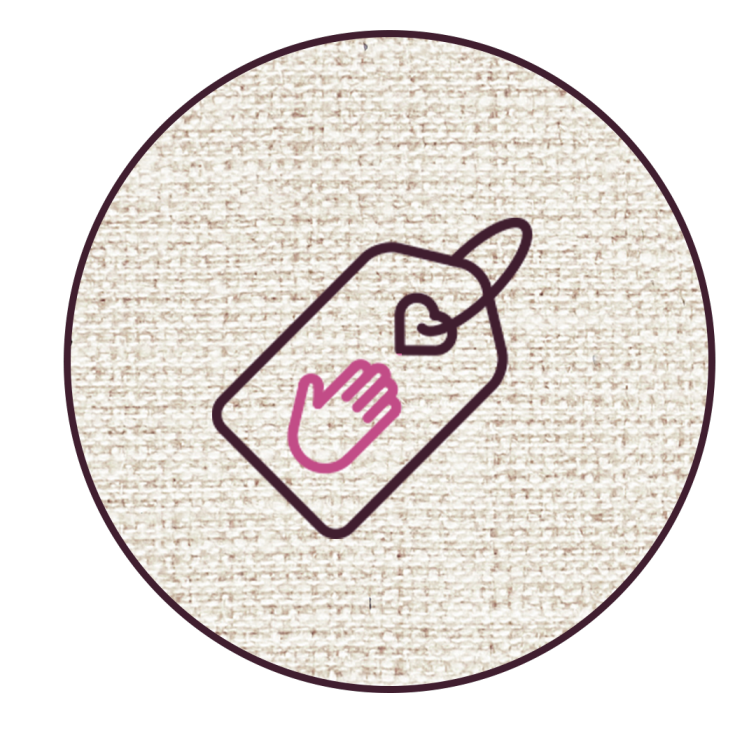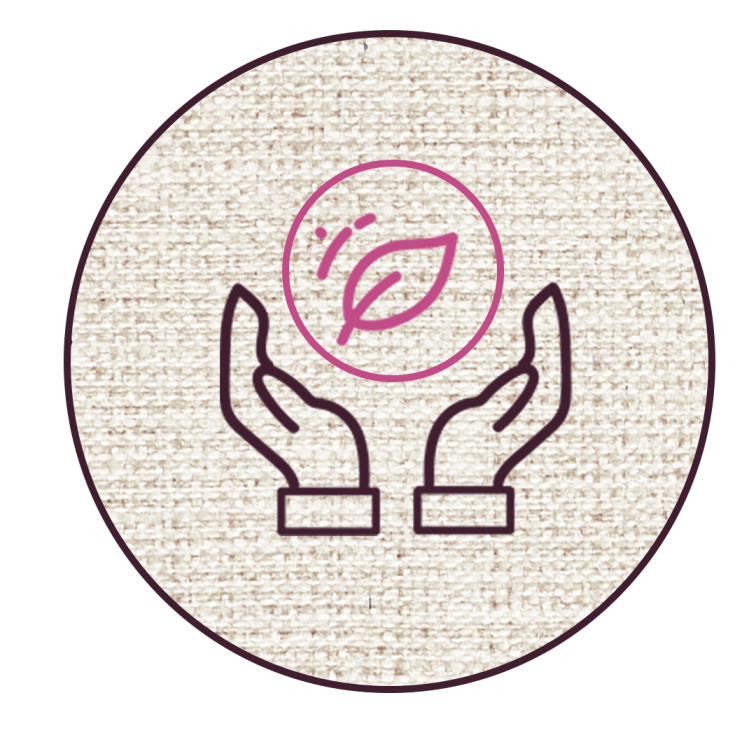EMI available: Pay in installments with your preferred Credit/Debit cards.
Dimensions : H: 29.5(in) by W: 15(in)
Medium : Natural Colors on Paper

- HANDMADE
ARTWORKS

- INTERNATIONAL
SHIPPING

- AUTHENTIC &
SUSTAINABLE

- SECURE
CHECKOUT

- WARRANTY

- CELEBRATE
ARTISANS
![]() Earn upto 110,000 Points on purchase of this product.
Earn upto 110,000 Points on purchase of this product.
![]() Get upto 10% OFF on Live Workshops when sign up for 2 or more workshops.
Get upto 10% OFF on Live Workshops when sign up for 2 or more workshops.
![]() Get 10% OFF coupon code for Art Kits signing up for Masterclass or Live Workshop.
Get 10% OFF coupon code for Art Kits signing up for Masterclass or Live Workshop.
About the Artwork +
Apindra Swain paints this Pattachitra of the Jagannath Temple in rustic tones. The main temple of Shri Jagannath is an impressive and amazing structure constructed in Kalinga architecture. A curvilinear structure, the temple is crowned by Vishnu 'Sri chakra' (an eight-spoked wheel). Additionally referred to as the “Nilachakra" it is crafted from Ashtadhatu and is considered sacred. The Jagannath Temple is an important Hindu temple dedicated to Jagannath, a form of Vishnu – one of the trinity of supreme divinity in Hinduism, along with Balabhadra & Subhadra. It is one of the most popular pilgrimage sites in India. In Jainism, Jaganath is said to represent the concept of Shunya (nothingness), Subhadra represents creative energy and Balabhadra symbolizes the phenomenal universe. The deities are seated on the Bejeweled Pedestal.
DETAILS
- Size: Length 29.5 inch by Width 15 inch
- Price is for unframed painting and painting would be sent without a frame
- Etched and Handpainted in Pattachitra style on Palm leaf
Authentication +
Each of our artworks are hand painted by master artists across India. We provide an authentication certificate with this artwork signed by the artist.
Sizes, Framing and Customisation +
The sizes mentioned are excluding the borders of the artwork.
Frames shown are for visual representation only and are not included with the artwork. We offer framing services on demand at additional costs. If you wish to get your artwork framed, please reach out to us on WhatsApp or email.
We take custom artwork orders, please use the WhatsApp chat below or email us at wecare@memeraki.com to discuss your requirements in more detail.
International Shipping and Taxes +
We ship worldwide, Our Prices are inclusive of GST/Taxes in India. For International Orders, any specific custom duties you may encounter in your home country during the delivery has to borne by the buyer.
For all artworks expect Lippan and Terracotta, No additional charges are applicable for domestic deliveries. For International Orders shipping charges of ₹2500 INR are applicable.
For Lippan and Terracotta Artworks, We charge a Shipping rate on a per Kilogram basis. You can see your final Shipping Rate before checkout or view our pricing here.
Shipping and Returns +
All artworks are packed and couriered securely in a tube.
Ready To Ship/ In Stock artworks are shipped in under 2 weeks. We only accept return requests for Ready to Ship/ In stock artworks placed within a week from date of delivery.
Made To Order artworks will take 2-3 weeks to be made and shipped once they are ready. Returns are not applicable on Made To Order artworks.
Colour Disclaimer+
All artworks on the website are hand painted from scratch by our master artists. That makes every artwork absolutely unique and the actual colour and overall artwork may vary slightly from the artwork image posted here.








